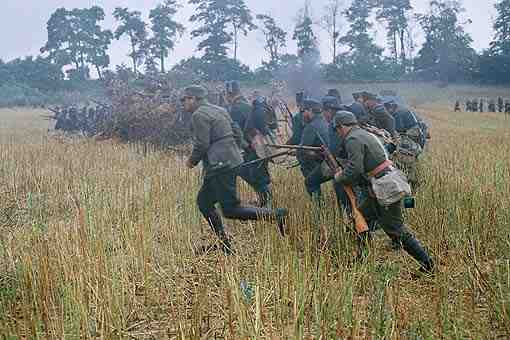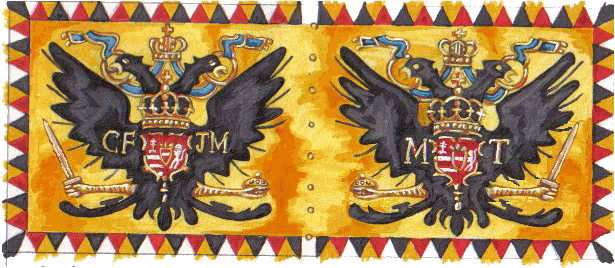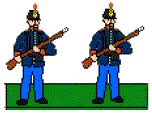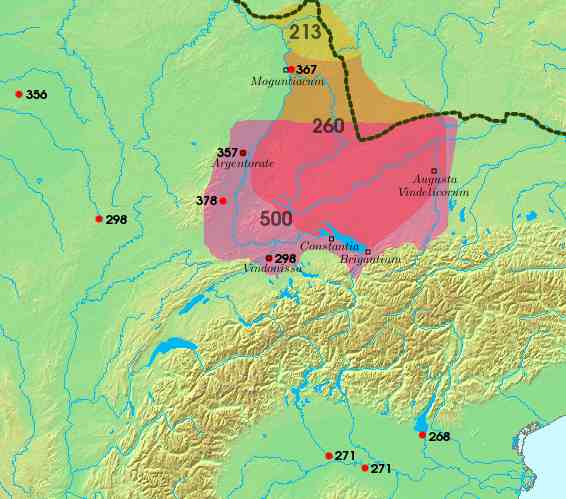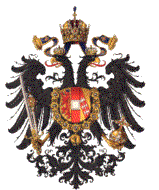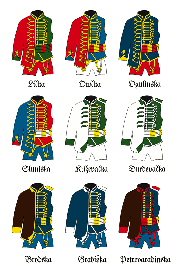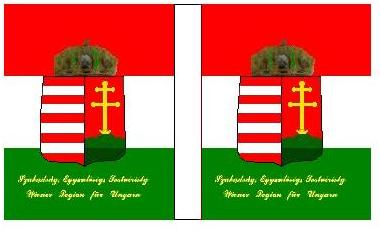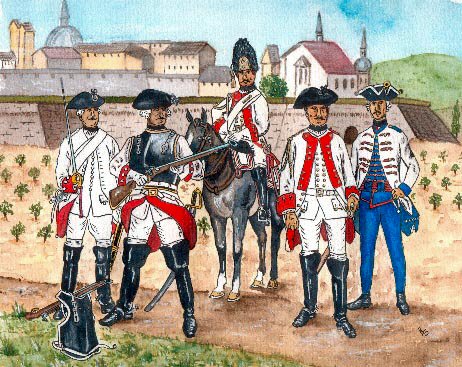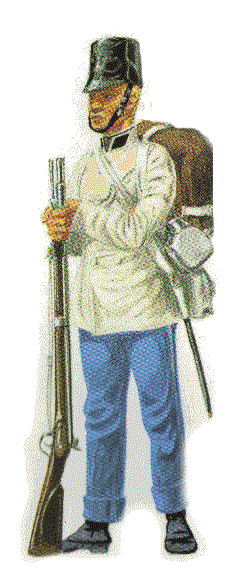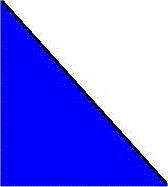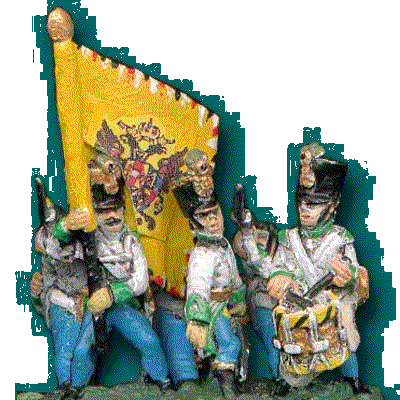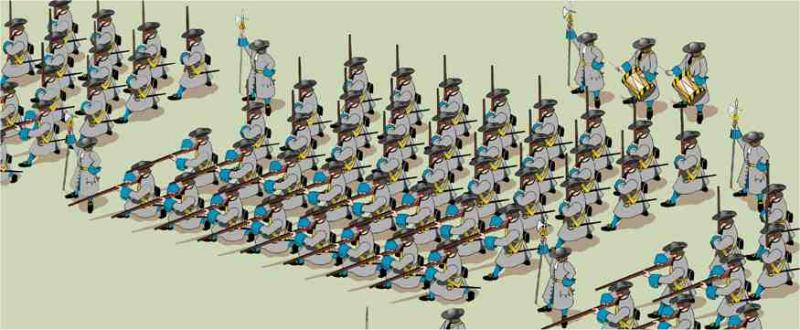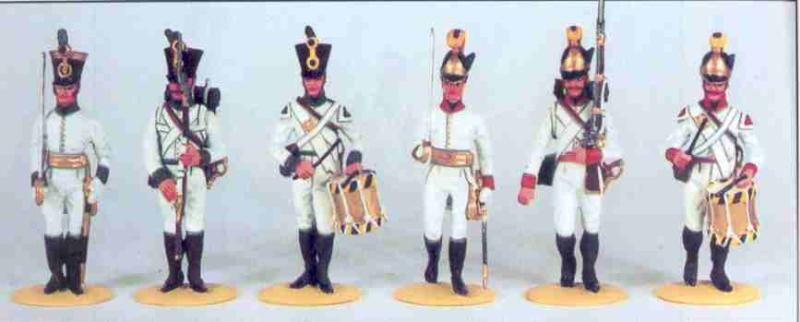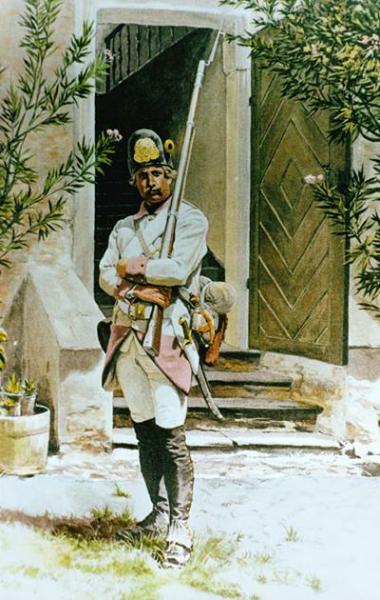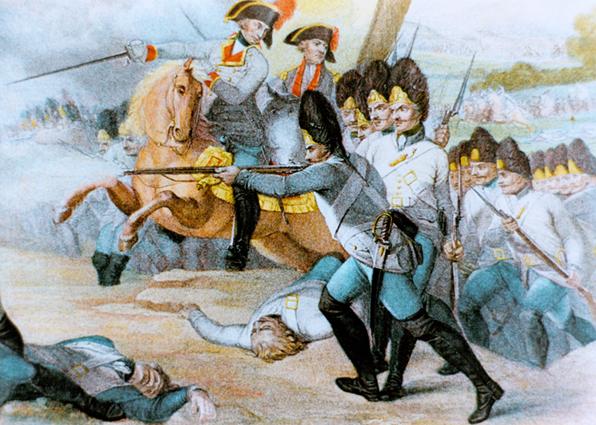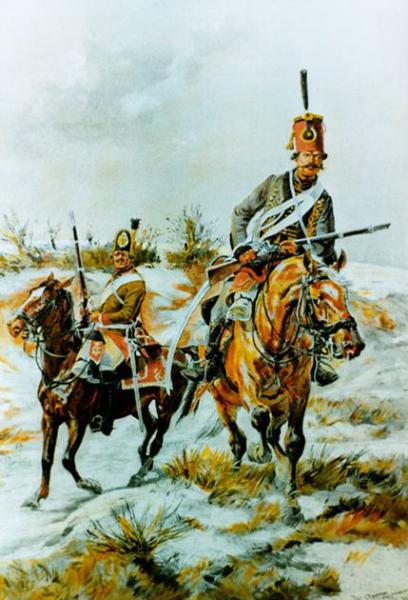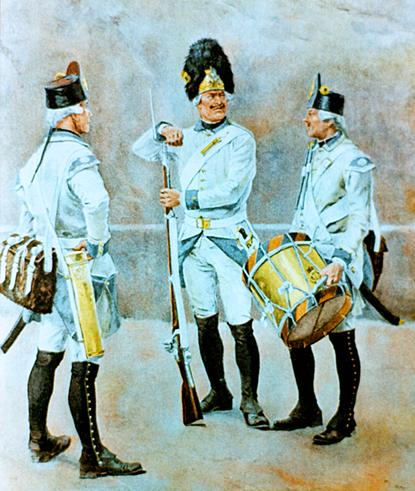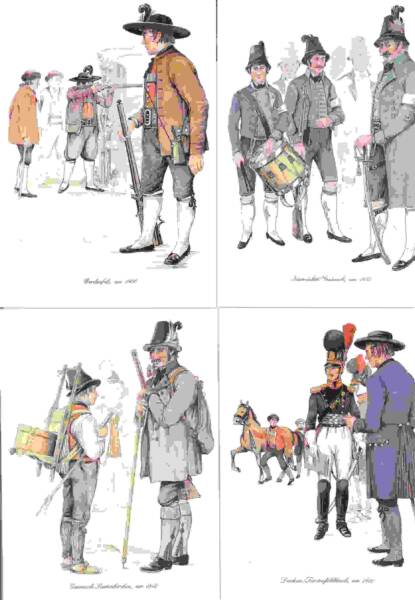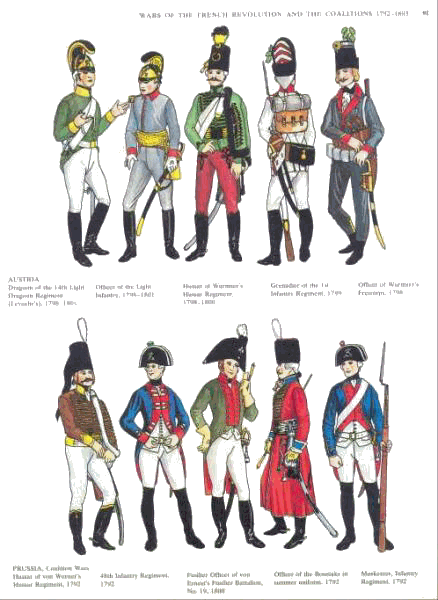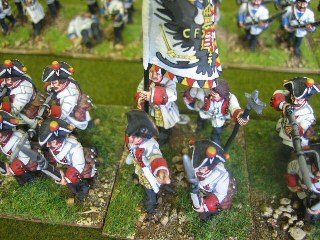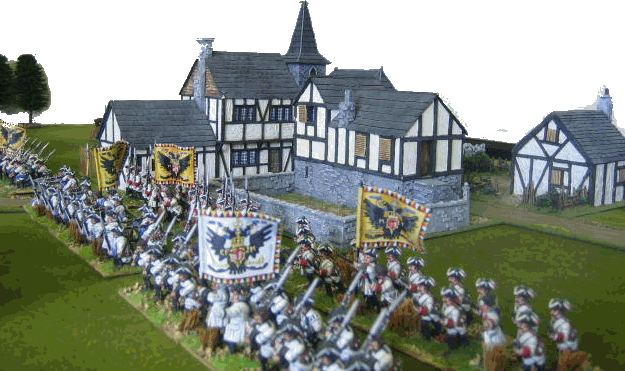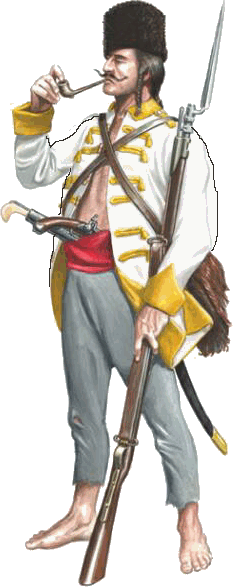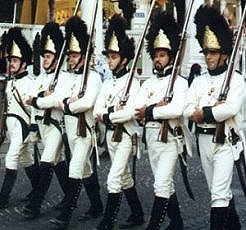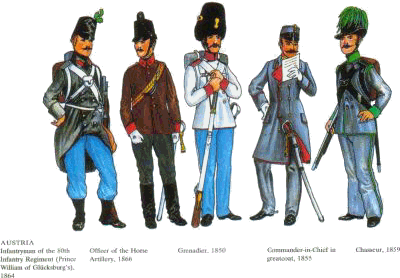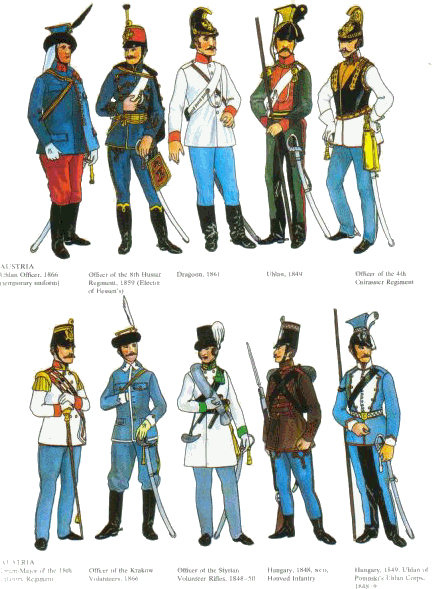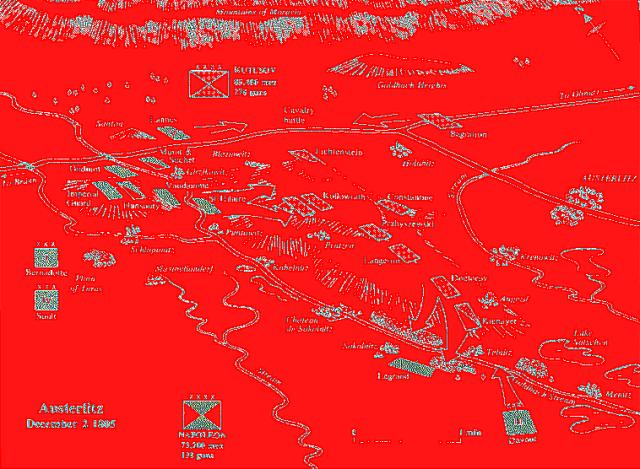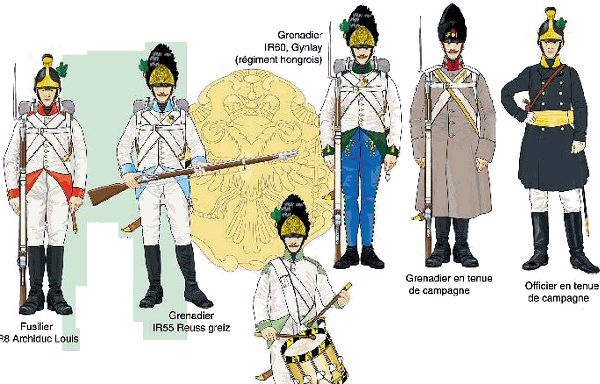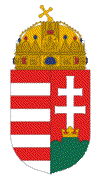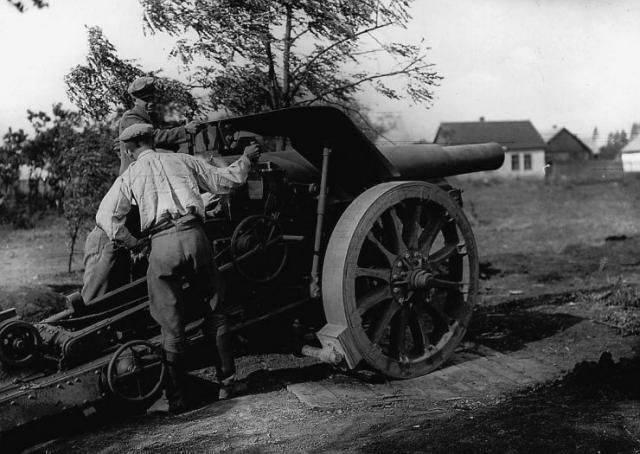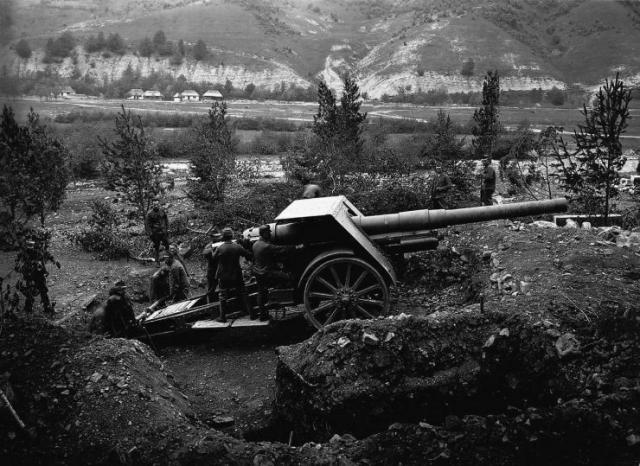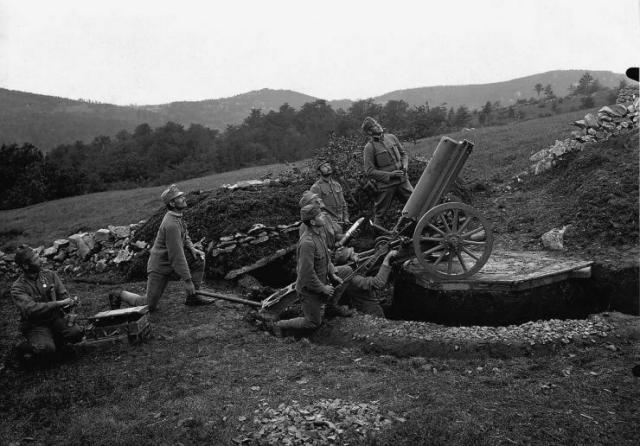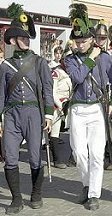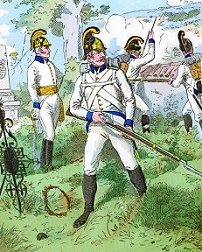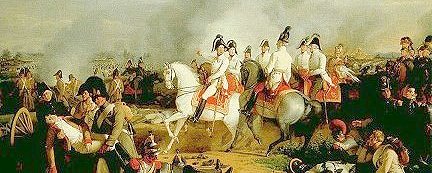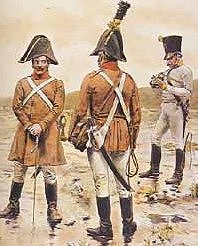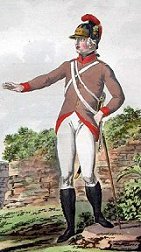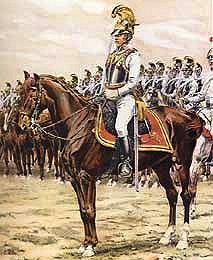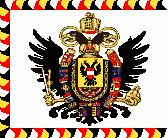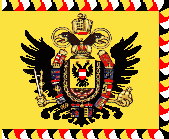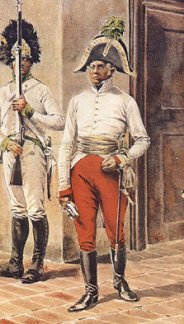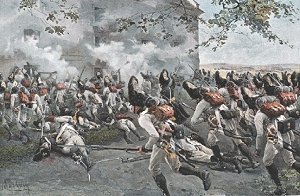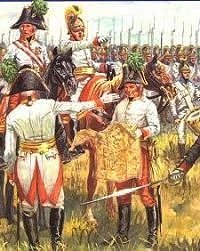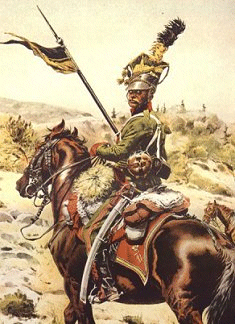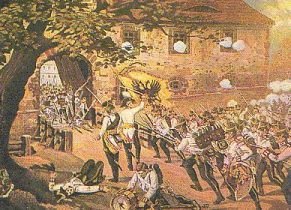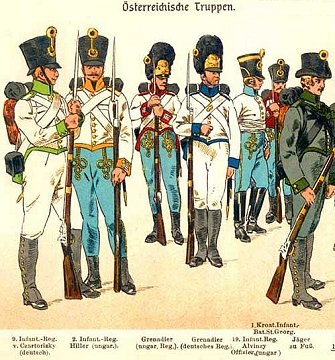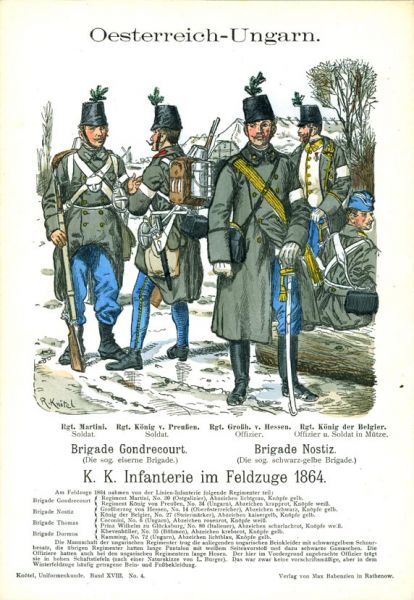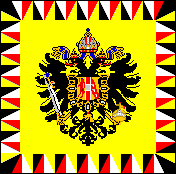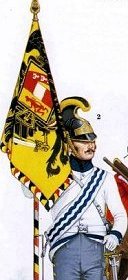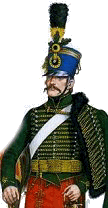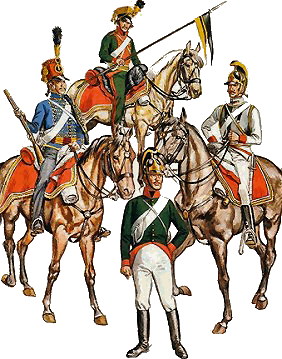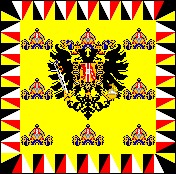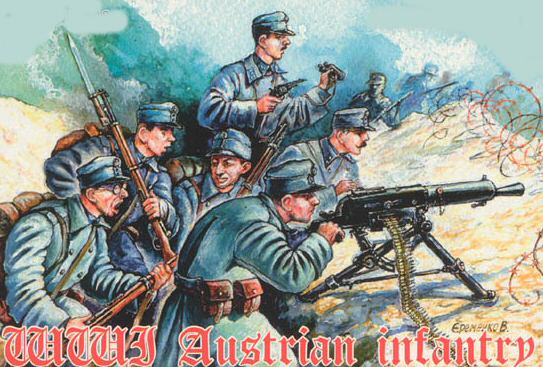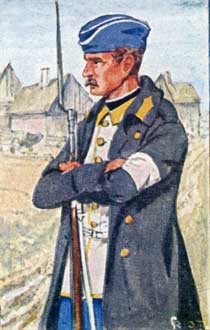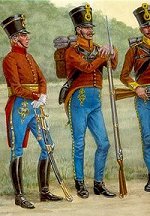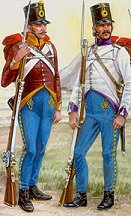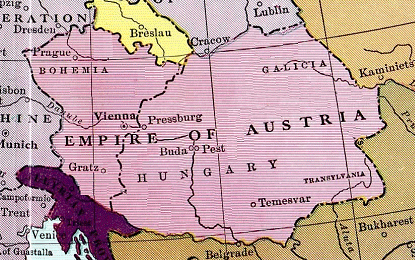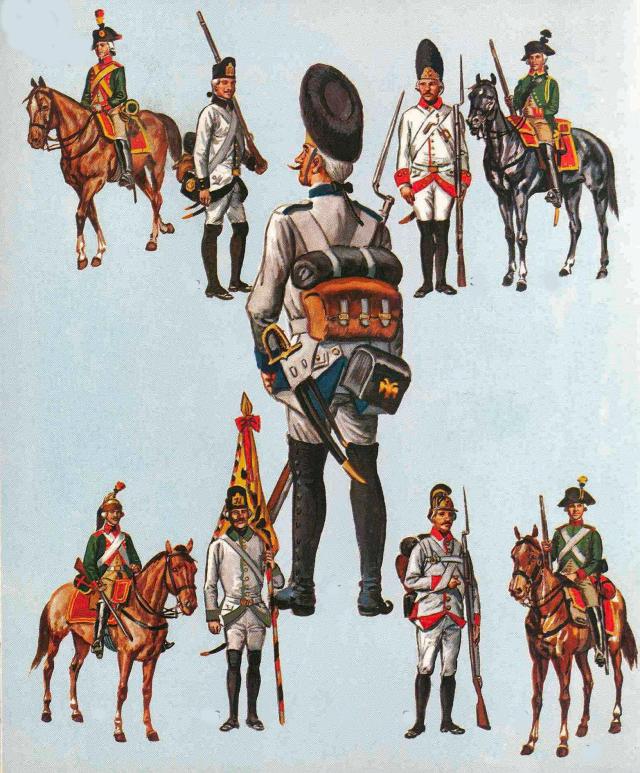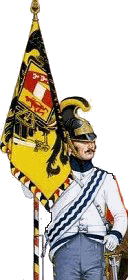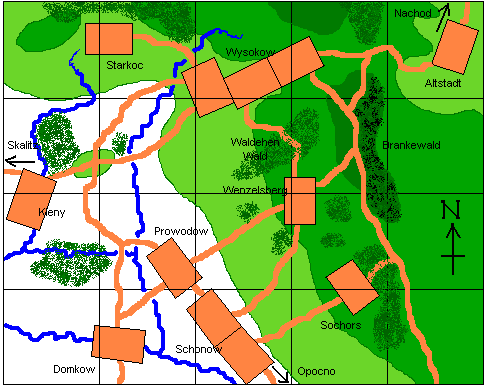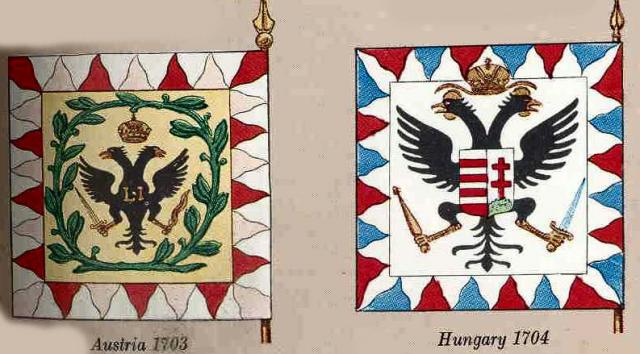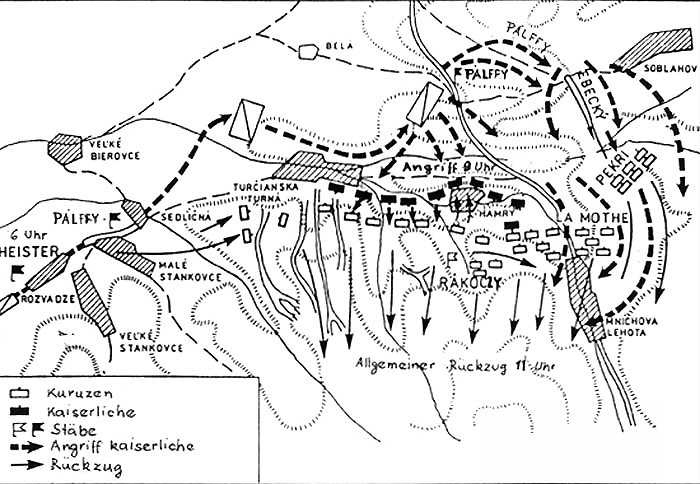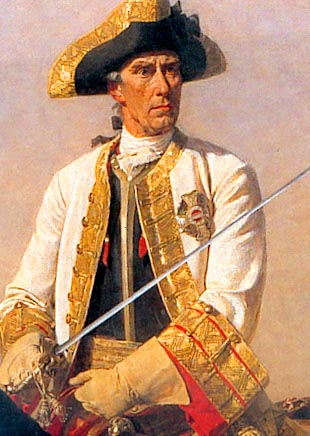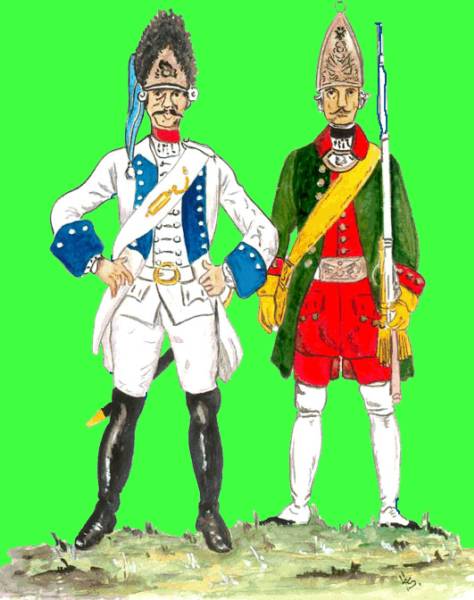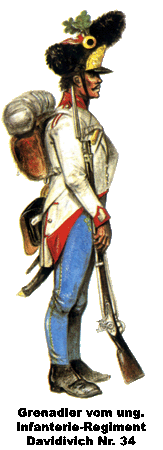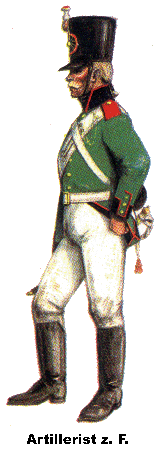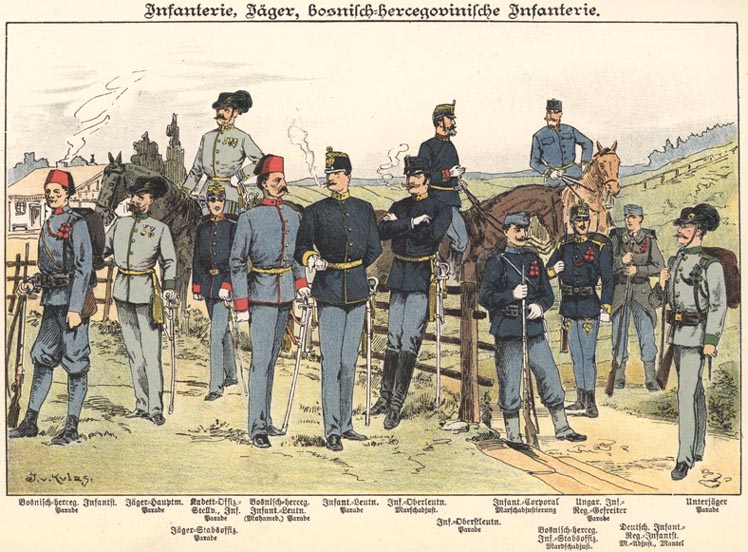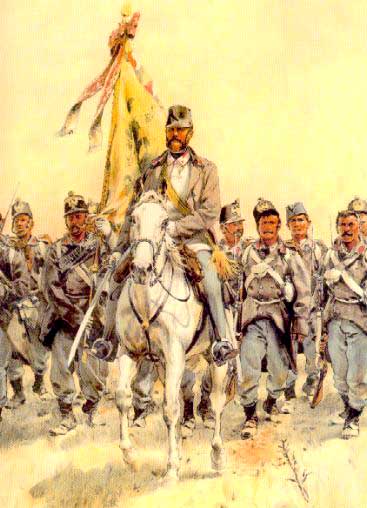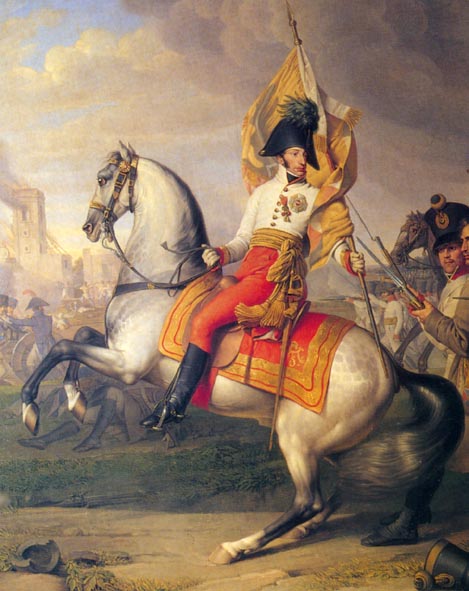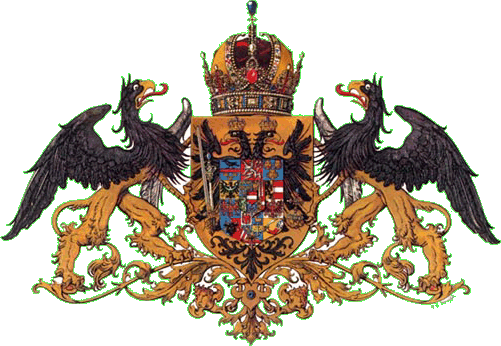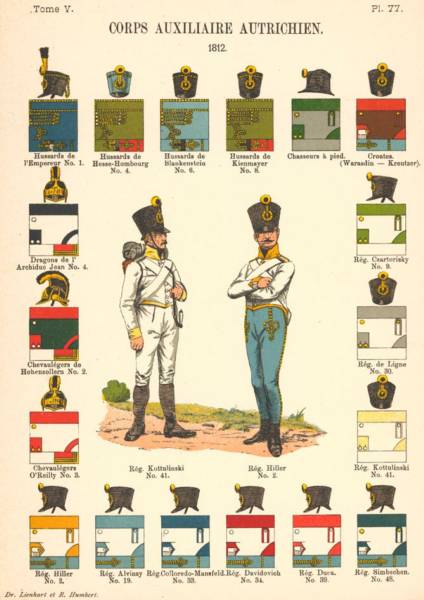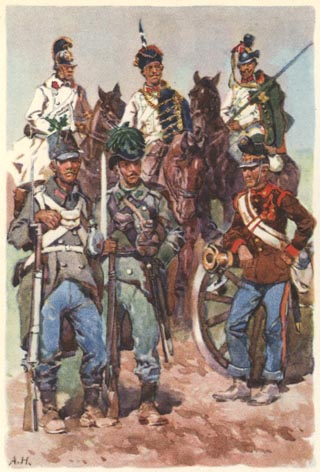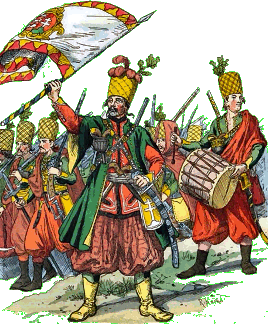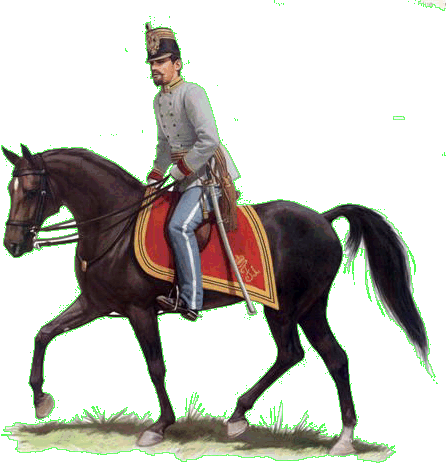Battles between Romans and Alamanni:
¿ 268, Battle of Lake Benacus ¿ Romans under Emperor Claudius II defeat the Alamanni. ¿ 271 o Battle of Placentia ¿ Emperor Aurelian is defeated by the Alamanni forces invading Italy o Battle of Fano ¿ Aurelian defeats the Alamanni, who begin to retreat from Italy o Battle of Pavia ¿ Aurelian destroys the retreating Alamanni army. ¿ 298 o Battle of Lingones ¿ Caesar Constantius Chlorus defeats the Alamanni o Battle of Vindonissa ¿ Constantius again defeats the Alamanni ¿ 356, Battle of Reims ¿ Caesar Julian is defeated by the Alamanni ¿ 357, Battle of Strasbourg ¿ Julian expels the Alamanni from the Rhineland ¿ 367, Battle of Solicinium ¿ Romans under Emperor Valentinian I defeat yet another Alamanni incursion. ¿ 378, Battle of Argentovaria ¿ Western Emperor Gratianus is victorious over the Alamanni, yet again.
From: Germany and Lombardy
Web Site: Wiki
Austrian army of WW1 Tuesday, 12/5/06, 8:25 AM
¿The soldier of this army was well armed with the Mannlicher rifle, Skoda machine guns and some of the most excellent artillery pieces in the world. Uniforms were relatively modern and followed closely to the German style of the time with the exception of the flamboyant Calvary regiments who insisted on starting the war in their garish 19th century costumes complete with braid and brass. The Austrian army however was lacking in modern communication and transport, having the fewest airplanes and motorized equipment of any of the 1914 armies. Austria-Hungary had 13 Flieger Kompagnie (Fliks) (flying companies), with a total of 48 operational aircraft, 85 pilots and observers, and ten balloons¿
Web Site: Suite 101
The Austro-Hungarian military map series Friday, 10/27/06, 5:09 AM
The whole map series, published around 1910 prior to WW1, appears to be on this Magyar site ¿ ideal for Kriegsspiel gams and the like.
From: Central and south-eastern Europe (all)
Web Site: Lazarus
Battle of Szombathely Friday, 7/7/06, 7:52 AM
From: western Hungary
Battle of Ménfõ 1044 Friday, 7/7/06, 7:44 AM
The usurpation of the Hungarian throne in the eleventh century by Samuel Aba meant a relapse from Feudalism to a tribal society. He was opposed by the Church, by the nobles, and later by the HRE Henry III, since Samuel did not keep all the points of their peace treaty. Ex-King Peter Orseolo, with the help of Henry, attacked Samuel, and defeated him in the battle of Ménfõ, near Gyõr. Samuel reached the Tisza river and was killed there by Hungarians who opposed him. He was buried in the monastery he founded at Abasár. His family, the Aba clan continued to be one of the most influential clans of Northern Hungary, where their name is preserved in the name of Abaúj county.
From: near Gyõr, Hungary.
Web Site: Wiki
Hussite battles Tuesday, 3/7/06, 4:33 AM
¿ Battle of Horic Battle of Sudomer B cont. ¿ Battle of Tachov G ¿ Battle of Grotniki L Battle of Lipany N ¿ Battle of Nìmecký Brod V ¿ Battle of Vy¿ehrad ¿ Battle of Vítkov Hill
From: Bohemia and around
Web Site: Wikipedia
some Magyar battles Tuesday, 2/28/06, 8:55 AM
Brenta, Lechfeld, Zemun, Mohi, Marchfeld (Dürnkrut), Rozhanovce (Rozgony), Nicopolis, Varna, Belgrad, Wroclaw(Breslau), Kenyérmezõ and Mohács
From: Hungary
Battle of Bex 574 AD Friday, 8/5/05, 9:15 AM
In 574 Bex (pronounced BAY, and the site of a Roman villa named Baccis) is mentioned for the first time in history, when a significant combat took place between occupying Franks and invading Lombards. Bex is a quaint village with a railway running right through its streets, connecting it with some spectacular winter sports country.
From: Canton Vaud, western Switzerland
Web Site: Bex Tourist Office
The Swiss Pikemen Tuesday, 7/12/05, 10:10 AM
Swiss mercenaries were the dominant force in European warfare for many years, following their defeat of Hapsburg and Burgundian knightly armies sent against them. They were finally defeated only by German Landsknechts employing similar tactics, and then by the novel Spanish "sword and buckler" men who crept beneath the pike wall.
From: Switzerland
Web Site: The War Tourist
¿1000 years of the Hungarian art of war¿ Monday, 6/13/05, 4:37 AM
CONTENTS: I. Conquest of the Carpathian Basin 9 II. The Mongol Invasion of 1241 17 III. Janos Hunyadi, Champion of Christendom 25 IV. Hungarian Renaissance Warfare 33 V. Military Theoretician and General Count Zrinyi 39 VI. Kuruc Warfare in 1703-1711 43 VII. A Daring Raid on Berlin 55 VIII. Nation in Arms, 1 848-1849 69 IX. K.u.K. Army and the Honvedseg 83 X. Defense of Hungary Under Red Flags 97 XI. Hungarian Soldiers in Foreign Armies 105 XII. Rebirth of the Honvedseg 117 XIII. Hungarian Troops on the Eastern Front 127 XIV. Operations of the Second Army, 1942-43. 139 XV. Defense of the Homeland Against Soviet Invasion, 1944-1945
Web Site: Hungarian History
Battle of the Stones 1388 Monday, 6/13/05, 4:28 AM
On a hill high above Giornico 200 Swiss troops defeated the Milanese army by rolling boulders on top of them ¿..the encounter became known as ¿The Battle of the Stones¿. The Italians built three castles and a wall across the valley at Bellinzona, to keep the Swiss at bay.
From: Giornico, just up the valley from Bellinzona in the Ticino canton of Switzerland.
Battle of Berg Isel 1809 Friday, 6/10/05, 10:09 AM
1809/08/12 Tyrolian Rebel victory over France and Bavaria
From: Tyrol
The Second Battle of Zurich 1799 Thursday, 6/9/05, 9:57 AM
Huge downloadable map at http://www.demisoldepress.com/images/map023.jpg 25th and 26th of September 1799, Marshal Massena, having forced the passage of the Limmat, attacked and defeated the Russians and their Austrian coalition allies. The coalition forces greatly outnumbered the French, so Suvarov sent more than half his force of around 60,000 men to cut off the French line of retreat. After sending a small force to harass Suvorov's armys progress from Italy through the St Gotthard Pass, Massena turned on the Russian coalition army under General Alexander Korsakov, which he defeated, capturing their cannons and other supplies and inflicting about 8,000 casualties. Most of the fighting took place on both banks of the river Limmat . Oudinot commanded the French forces on the right bank and general Mortier those on the left. At the same time General Soult attacked and defeated the Austrians on the river Linth, (the main tributary of Lake Zurich) under Field Marshal Baron Hotze, who was killed early in the day. Massena then rounded on Suvarov with a brilliant offensive operation and drove his army away; killing, wounding and capturing almost 14,000 Russians. The result of this battle was the strengthening of Swiss independence, and the saving of France from an imminent invasion when Russia withdrew from the Second Coalition.
From: Switzerland
Web Site: The Second Battle of Zurich 1799
